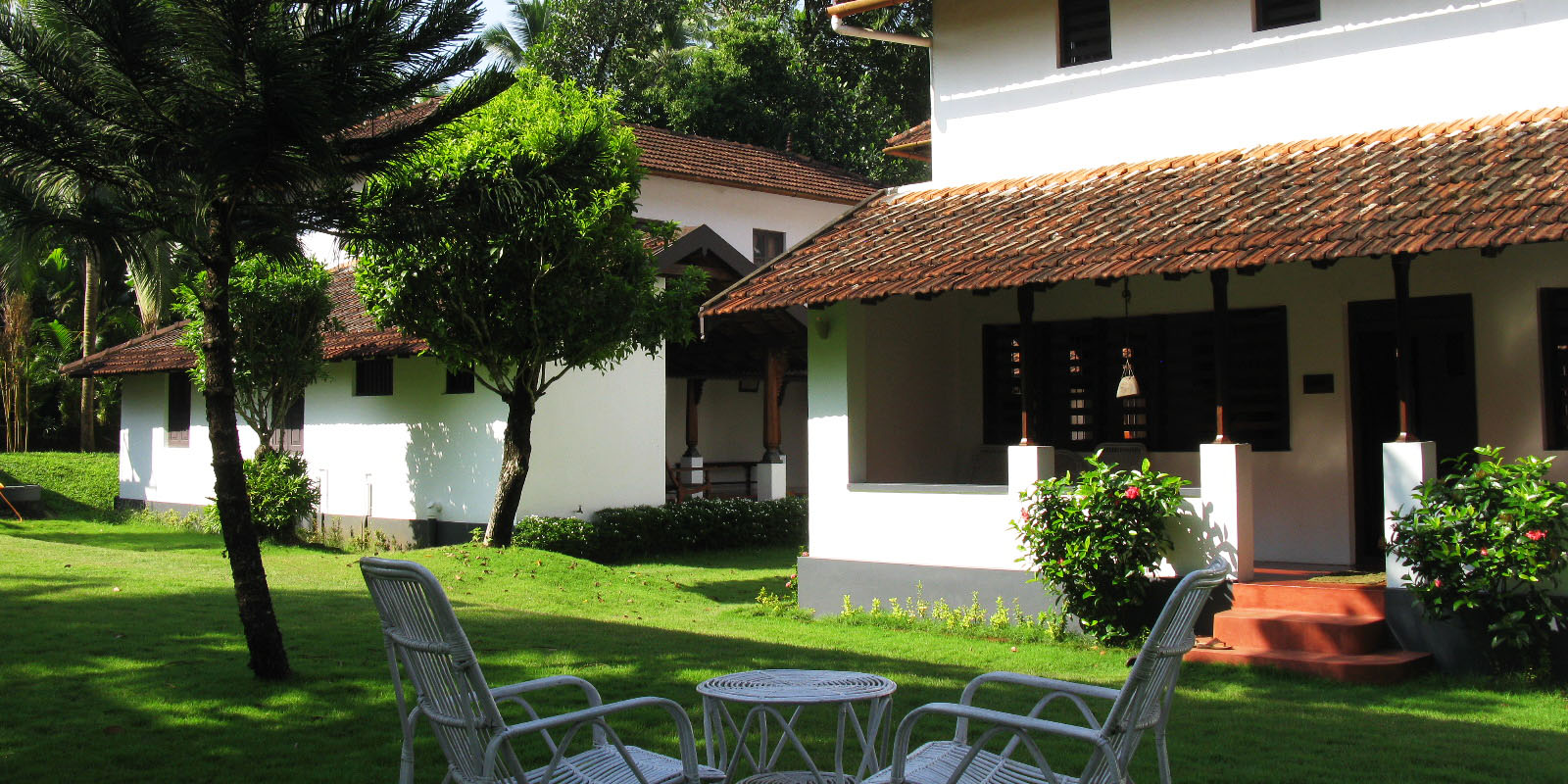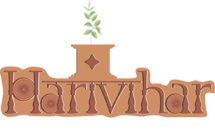
Ayurveda – General Information
Ayurveda can be defined as a system, which uses the inherent principles of nature, to help maintain health in a person by keeping the individual’s body, mind and spirit in perfect equilibrium with nature. Ayurveda is a Sanskrit term, made up of the words “ayus” and “veda.” “Ayus” means life and “Veda” means knowledge or science. The term “ayurveda” thus means ‘the knowledge of life’ or ‘the science of life’. According to the ancient Ayurvedic scholar Charaka, “ayu” comprises the mind, body, senses and the soul. Widely regarded as the oldest form of healthcare in the world, Ayurveda is an intricate medical system that originated in India thousands of years ago. The fundamentals of Ayurveda can be found in Hindu scriptures called the Vedas. The aim of this system is to prevent illness, heal the sick and preserve life.
Ayurveda originated as the subsidiary of Atharvaveda, the fourth among the Chaturvedas. The subsidiary was intended to be the guide for health care of humanity. The discipline grew leaps and bounds given its importance and relevance. Ayurveda today is an independent system devoted exclusively for the management of health and illnesses.
Ayurveda was carved out of Atharvaveda with two distinct aims and objectives;maintainthe health of a person and restore the health of a diseased person to the maximum extent possible, conserving the life and life functions. These two objectives are achieved by using herbal and natural means and adopting a personalized protocol designed on the general principles of Ayurveda and by keeping the person’s body, mind and spirit in perfect equilibrium with nature.
A healthy person, as defined in Sushrut Samhita, one of the primary works on Ayurveda, is “he whose doshas are in balance, appetite is good, all tissues of the body and all natural urges are functioning properly, and whose mind, body and spirit are cheerful…”

Basic Principles of Ayurveda
Ayurveda is developed on the Panchamahabhootha Theory which states that universe is composed of five basic elements or matter in the form of Prithvi, the solid matter or earth, Jala, the liquid matter or water, Agni, the thermal energy or fire, Vayu the gaseous atmosphere or air and Akasha the vacuum or space or ether. These five elements combine in various formulations to form Tridosha, which is the basic anatomy and physiology of living creatures including humans.
Tridoshas are Vata Pitta and Kapha;Vata is a combination of Vayu and Akasha. Vata is responsible for all the macro and micro movements in the body. Pitta is made up of Jala and Agni and is responsible for all the endothermal, exothermal, reversible and irreversible chemical reactions that happen in a person. Kapha is the combination of Prithvi and Jala and is the element for maintaining the generation regeneration, maintenance and replacement of all types of cells in the body. The balanced state of all these three doshas is homeostasis or health. Imbalance is illness.Thegoal of Ayurveda is to achieve and maintain the balance through the various modalities advised in Ayurveda.
Sushrutha in his SushruthaSamhita beautifully defines a healthy person as follows;“ the person is termed Swastha or healthy if he/she has the balanced state of doshas, proper quantity and quality of body tissues, proper metabolism and proper excretion of bodily wastes.“ Health has a mental component also according to Sushrutha. He further elaborates health is a pleasant and contended state of the soul, five senses and the mind.
The definition is the same as the WHO definition of heath which says “Health is a state of complete physical, mental and social well-being and not merely the absence of disease or infirmity. Ref: Preamble to the Constitution of WHO-International Health Conference, New York, signed on 22 July 1946 by representatives of 61 States (Official Records of WHO, no.2, p.100) and entered into force on 7thApril 1948.
Ayurveda is probably the first of the medical systems that emphasized on wellness and staying healthy. The preventive and promotive branch of Ayurveda or the Swasthavrutha advocates the healthy lifestyle with Dinacharya, the personal hygiene and daily regimen,Ritucharya, the seasonal regimen, Sadvrutha, the social conduct, Vegodeerana-dharana, the management of natural bodily urges and Aharavidhi, the healthy dietetics and nutrition.Athuravrutha or therapeutics is the management and morbidity mitigation of diseases through various medicines, therapies and Pathya, the medical nutrition.
Swasthavrutha and Athuravrutha are accomplished through Shamana and Shodhana-Rasayana.Shamana is the moderate technique of pacifying the vitiated Doshas with the use of medicines, milder therapies, proper diet and lifestyle modifications.Shodhana is the intensive and aggressive complete detoxification-purification through Panchakarma.
Panchakarma is the set of five purificatory therapy module of bodily toxins through five channels. Vamana or controlled induced emesis for kapha balance,Virechana or controlled induced purgation for pitta balance,Nasya or controlled trans-nasal administration for sensory balance,AnuvasanaVasthi or controlled fat enema for gut biome and Vata balance and AsthapanaVasthi or controlled decoction enema for colon detoxification and Vata balance.
All these therapies termed Pradhana Karma are preceded by the preparatory Poorvakarma of Snehana-Swedana or internal and external oleation and sudation therapies such as ghee drinking, massages, kizhis, dharas, etc. Paschat Karma or the convalescence nourishing therapy is followed after the excruciating Pradhanakarma. This includes nourishing medicines, diet, therapies like Navarakizhi, Shirodhara, etc.
The next stage is the Rasayana therapy to strengthen the body and mind with medicines and diet. Beauty therapies, strengthening massages and Yoga-Pranayama are all part of the Rasayana program which enables the person to stay healthy .
Panchakarma’ or the Therapy of Purification
These specialized procedures consist of the following:
• Therapeutic vomiting or emesis (Vamanam)
• Purgation (Virechanam)
• Enema (Vasti)
• Elimination of toxins through the nose (Nasyam)
• Bloodletting or detoxification of the blood (Raktamoksham)
|
Special Panchakarma Treatments |
|
|
Shiro Dhara |
Head irrigation and rhythmic pouring of medicated oil/milk/buttermilk/decoction from a standard height in a standard consistency through a cloth band of standard size. ShiroDhara is highly beneficial in treating headaches, mental tension, insomnia, stress and disorders of the central nervous system. |
|
Pizhichil |
A standard size soft cotton cloth is soaked in warm medicated oil, squeezed and poured over a part or whole of the body from a standard height in a consistent rhythm. This is highly beneficial in curing spondylitis, hemiplegia, and arthritis. It is immensely rejuvenative. |
|
Navarakkizhi |
Red variety of medicated highly nutritious red rice is cooked in medicated decoction, tied into poultices and soaked in medicated milk repeatedly and applied on part or whole of body. This treatment is a great revitalizer particularly useful in emaciated conditions like muscular degeneration associated with neuromuscular disorders, rheumatism, burning sensation of the body etc. |
|
Shirovasti |
Medicated oil bath for a standard duration on the head using a fixed leather cap sealed with gram flour as reservoir for oil. A strengthening therapy for head, nerves and brain. This cures headaches, hair fall, and diseases of the ear, nose, and throat. |
|
Kizhi |
Medicines like powders, leaves, lemons, meat, etc. are processed tied into poultices, warmed in oils and applied on part or whole of body in a standard rhythm It is useful in neuro-muscular–skeletal disorders, injuries, other degenerative disorders and neurological problems. It boosts blood circulation and infuses brightness and vigor. |

This ancient and time – tested system of healing is on a path of revival with that of meditation and yoga. The inherent beauty of these various process are that it is not imposed up on anybody but a resource to be drawn upon freely and to used according to the unique needs of the individual in his or her particular environment. Our task is to work continuously towards completeness… completeness of body, mind and spirit…let it be through Ayurveda…
Harivihar, one of the best ayurveda resorts in Kerala, offers authentic ayurveda and Panchakarma treatments for its in house guests. Kindly do contact us for customizing an Ayurveda treatment package in Kerala .
Read Our related articles:
• Neurological disease and Ayurveda treatments
• Panchakarma Detoxification Process
• Benefits of Panchakarma Treatments
• Integrated Chronic pain management in Ayurveda
• Ayurveda treatment of Obesity
• Kerala Ayurveda treatment packages.

